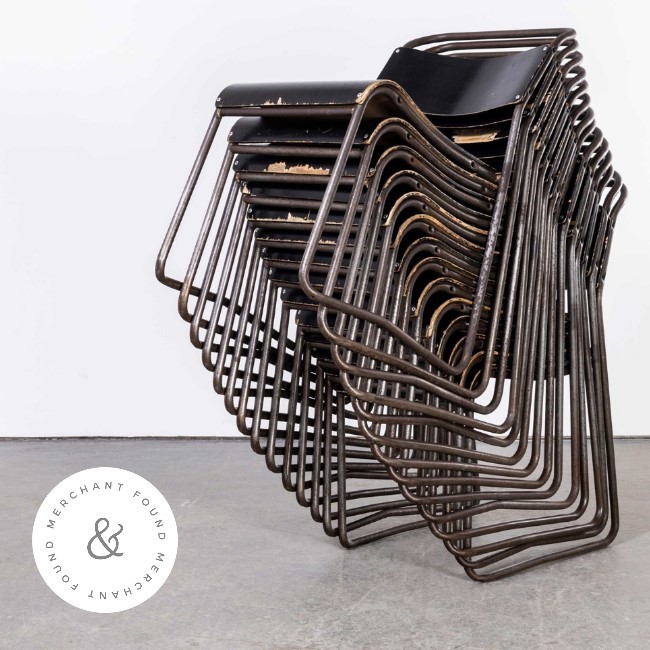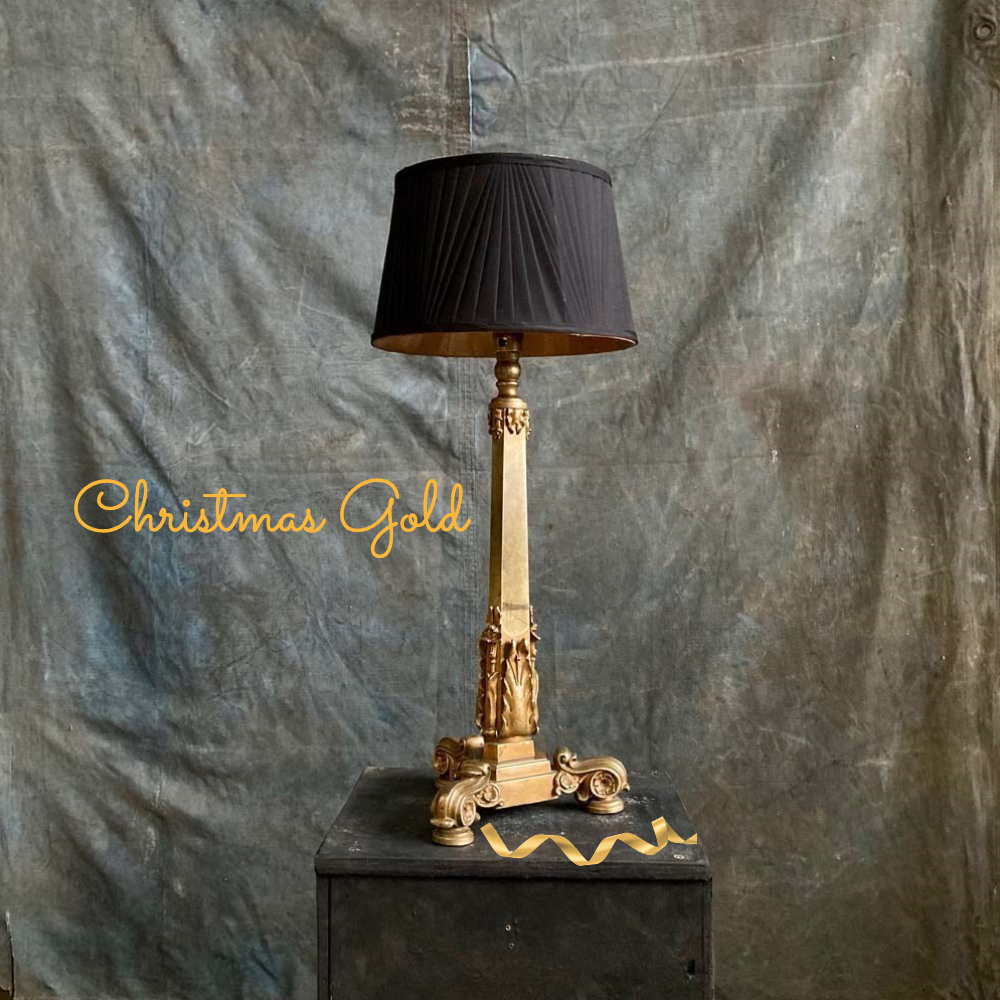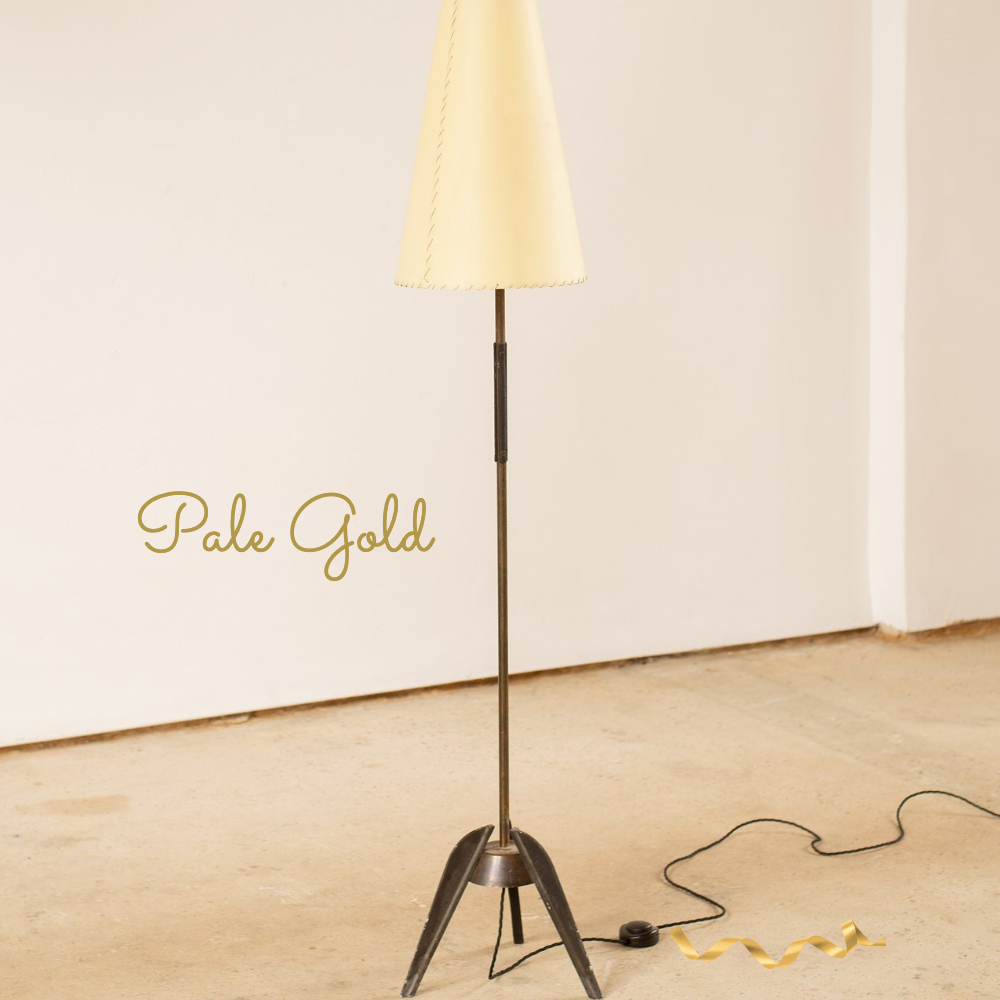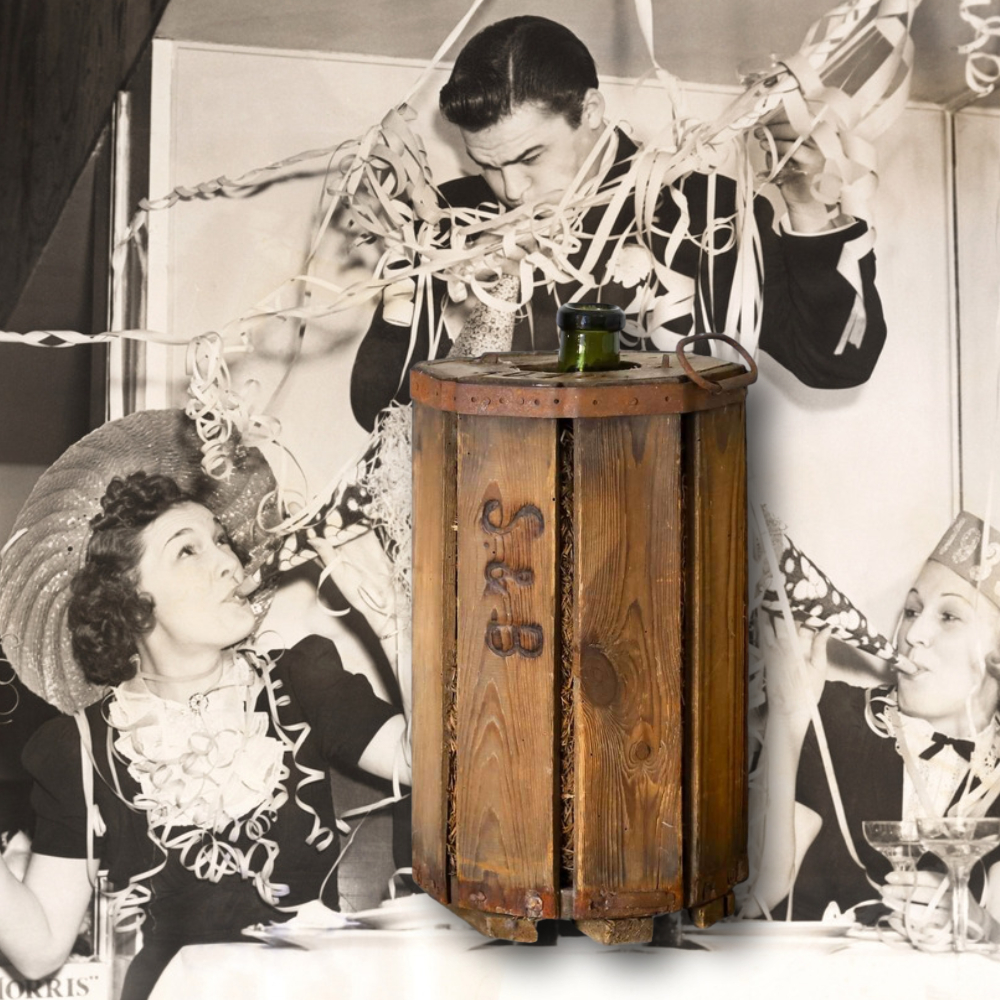
Whatever antiques you’re looking for, they’ll have one thing in common with all other antique items: you want them to be authentic.
The authenticity of antiques will hugely impact their value, so understanding how to tell the difference between fakes and the real deal can ensure you don’t shell out a lot of cash for something that isn’t worth it.
Fake antiques aren’t a new phenomenon. Throughout history, replicas have been produced as a less expensive option for those wishing to get the look without the high price tags, as well as to deceive those looking for the real thing. This can mean that it’s easy to mistake modern pieces for antique or vintage ones.
To avoid shelling out on something that isn’t really antique, it’s a good idea to learn how to differentiate vintage from replicas and fakes. Here are a few ways to do that.
Patina Cannot Be Added
A patina is the surface layer that develops on an item over a period of time. They occur naturally on different materials, including wood and metal, and can indicate the age of an item.
Checking the patina on an antique will also show you the wear and tear it has developed over the years, giving a good indication that an item is genuinely vintage. This is because patina cannot be added, they can only build up naturally over time.
Whether they’re caused by oxidisation, oils from people’s hands, sunlight or something else, a patina can’t be replicated artificially. It’s worth noting, however, that materials can be artificially aged, such as with chemicals. However, these finishes are flat, lack depth and are usually even, making them very unlike a real patina.
Checking the patina alongside other signs of use over the years will give you a good idea as to whether an item is a genuine antique.
Check the materials
If you are looking for certain pieces or for antiques from a specific era, it pays to research what materials and construction methods will have been used. Fakes and replicas will often use cheaper materials and be mass-produced, so they may look good on the surface but a quick review will let you see the mistakes.
Common things to look out for include cross-headed screws (which were invented in the 1930s, white wood glue, modern coloured plastics and even different woods than were commonly available.
Look For Makers’ Marks
Maker’s marks are usually a great indication as to whether an item is a real antique. Getting to grips with the marks on items that you’re looking for or from certain manufacturers will help steer you in the right direction.
However, it’s worth noting that fakes may even go so far as to copy a maker’s mark in a bid to look genuine. This means you also need to be aware of other telltale signs to ensure the mark is real.
Looking at how the mark has been added, where it’s placed and whether the style of the piece was ever made by the maker the mark refers to will help you sniff out the real antiques.
Are Parts Of It Original?
Not all fakes and replicas are completely new, some use parts from genuine antiques, which can make them harder to spot. Some items may be completely antique but enhanced in some way, such as by having engravings or other details added to make them look older. They may also be made up of parts from multiple poor-quality antiques.
Looking at all parts of an item and ensuring that the details match and that the wear it shows is even across all parts will help you tell whether something is genuine. In some cases, you may still like the item, but understanding that it is pretending to be older than it is will ensure you pay what it’s worth.
Does It Look Too Good To Be True?
A good rule of thumb to go by is that if it looks too good to be true, it probably is. An item may look genuine or be exactly what you’ve been looking for, but if it is well below the price you would expect, then the chances are it isn’t genuine.
This, of course, may not always be the case, but it’s better to walk away from a deal that could turn out to be nowhere near as good as it first seemed than to pay for an item that isn’t genuine.






